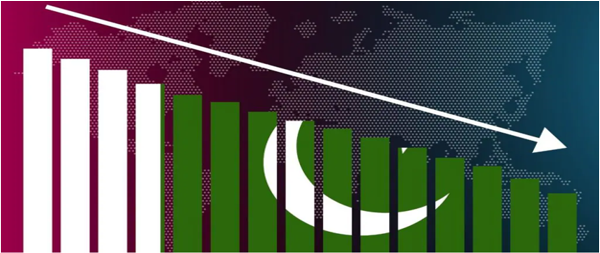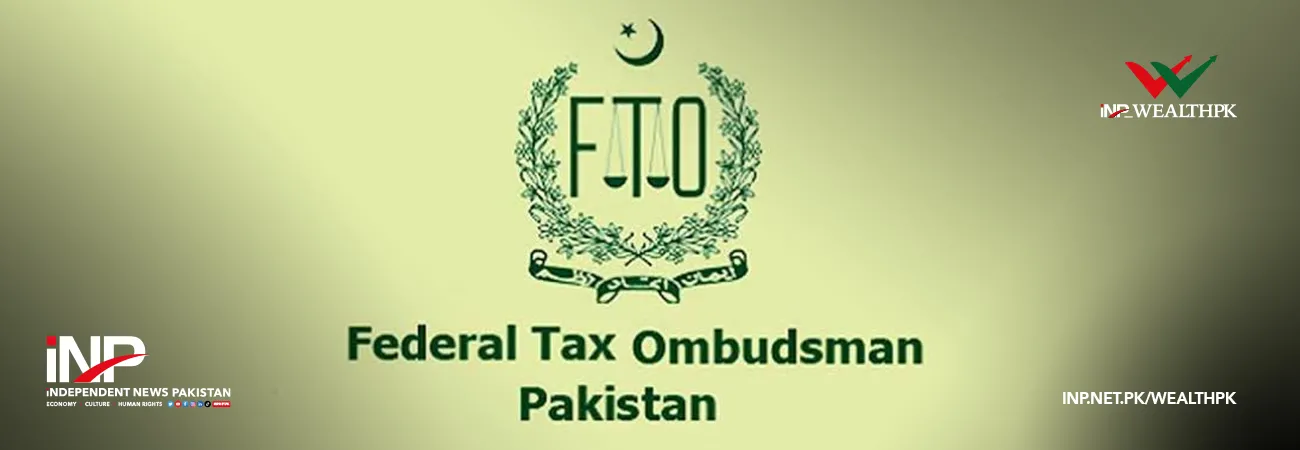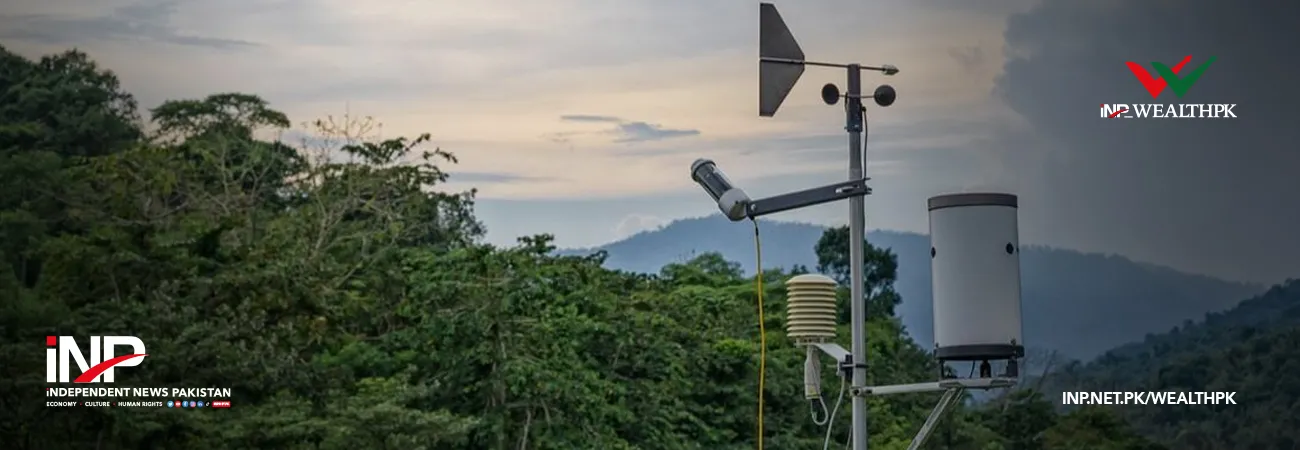INP-WealthPk
Qudsia Bano
The State Bank of Pakistan (SBP) has warned that Pakistan’s long-term growth prospects remain constrained by chronic weaknesses in domestic savings, financial intermediation, and resource allocation, which together have created a cycle of low investment and persistent fiscal stress. In its Annual Report 2024-25, the central bank observed that while short-term stability had been restored through prudent macroeconomic management, the country’s underlying structural problems continued to limit its productive potential.

The report described low domestic savings as one of the “weakest links” in Pakistan’s growth paradigm. It said that both public and private savings had remained depressed due to low per-capita income, high inflation in previous years, fiscal imbalances, and a large informal economy. The combination of these factors has prevented the accumulation of sufficient funds for investment, resulting in slower growth and greater reliance on external financing. The SBP’s analysis shows that the country’s credit-to-GDP ratio is among the lowest in peer economies, reflecting limited depth of the financial system.
Persistently large fiscal deficits have undermined public savings by diverting most revenues toward current expenditures, mainly interest payments, wages, and subsidies. The report noted that over the past two decades, Pakistan had consistently spent more on interest payments than on development projects, leaving little fiscal space for investment in human or physical capital. The shortage of long-term development spending, it said, has weakened the country’s capacity to sustain higher growth and productivity.
At the same time, the financing of large fiscal deficits has fostered what the SBP called a “sovereign-bank nexus.” The government’s heavy borrowing from commercial banks has encouraged them to invest in risk-free government securities rather than extend credit to the private sector. As a result, the banking system enjoys stable profits but contributes little to productive expansion. The report identified this crowding-out effect as a major reason behind Pakistan’s persistently low credit-to-GDP ratio and underdeveloped financial markets.
The SBP presented evidence that private investment in manufacturing had been declining for several years, while bank credit remained concentrated in short-term lending. It observed that such patterns discouraged innovation and modernization, particularly in industries that require long-term financing. The central bank recommended reforms to diversify sources of public financing, strengthen capital markets, and reduce dependence on commercial-bank borrowing.
The report linked the low-savings problem to demographic and social factors as well. High youth dependency ratios, large informal employment, and limited access to financial services all reduce household saving capacity. Weak financial literacy and distrust of formal institutions further discourage deposit mobilization. The SBP said that expanding access to banking, improving returns on savings instruments, and promoting Islamic-finance products could help raise household savings.
On the public side, the report stressed the need for continued fiscal consolidation to reduce borrowing requirements and free resources for development spending. It suggested that governance reforms in state-owned enterprises and better targeting of subsidies could improve efficiency and lower fiscal pressures. The SBP also highlighted the importance of pension and insurance reforms to create long-term savings pools that can support investment.
Despite these challenges, the report noted some positive signs in FY25. The fiscal deficit narrowed to 5.4 percent of GDP and the primary balance recorded a surplus of 2.4 percent, easing the immediate debt burden. Improved revenue collection and lower interest rates created fiscal space for development spending. However, the SBP cautioned that without deeper structural changes, these gains would remain temporary.
The central bank concluded that Pakistan’s ability to achieve sustainable high growth depends on reversing the pattern of low savings and investment. It stated that “encouraging savings and investment, ensuring efficient allocation of resources, and strengthening institutions are prerequisites for a higher growth trajectory.” The SBP called for coordinated reforms that integrate fiscal policy, financial-sector development, and governance improvements to break the cycle of dependency and inefficiency that has constrained Pakistan’s economy for decades.
Credit: INP-WealthPk













